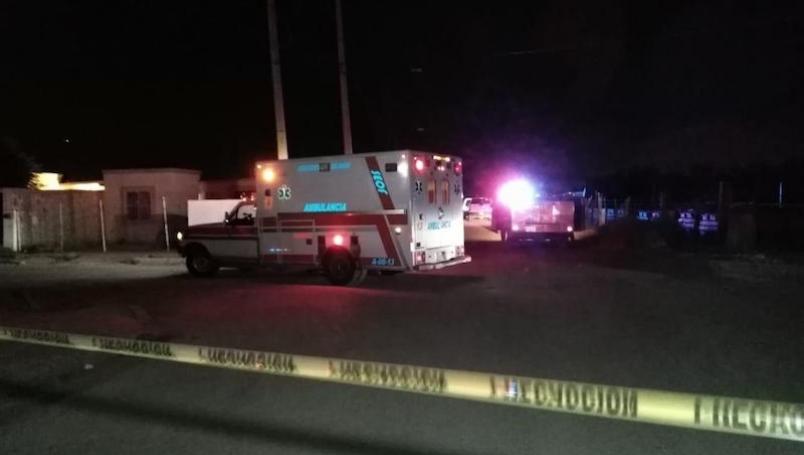
In 2002, Mayor Jorge Barousse Moreno from the Institutional Revolutionary Party (PRI) died and was succeeded by Alejandro Cano Ricaud. During the 1990s the city grew dramatically economically, becoming the third wealthiest municipality (per capita) in the republic, after Benito Juárez borough of the Federal District (Mexico City), and San Pedro Garza García in Nuevo León. Until the establishment of foreign manufacturing plants in the 1970s, the city was largely a trade post for cattle and agricultural products. María Luz Corral de Villa, and is now managed by the federal government.ĭuring the 20th century, the city grew in population and learned to take advantage of its proximity with the U.S. La Quinta Luz was turned into a museum by his widow, Sra. Many sites and memories remain of the Revolutionary era the most important of these is the Historical Museum of the Mexican Revolution at Villa's former estate house near downtown Chihuahua. The city was more involved during the Mexican Revolution (1910–1917), for it became at times the operations base for the División del Norte, the army led by Pancho Villa. The city became the seat for important banks and wealthy families. During the presidency of Porfirio Díaz the city experienced explosive growth and became one of the most important cities in Mexico. forces in 1847, after the Mexican Army was defeated at the Battle of the Sacramento, 15 miles (24 km) north of the city.ĭuring the French invasion, President Benito Juárez made the city the seat of his government-in-exile from 1864 to 1867. However, it was in Chihuahua where Miguel Hidalgo, considered the Father of the Country, was held prisoner in the Federal Palace of Chihuahua and executed in 1811 at the nearby Government Palace by the Spaniards.ĭuring the Mexican–American War, Chihuahua fell to U.S.

Just as in other parts of Northern Mexico, Roman Catholic missionaries were an important influence during the colonial era, and the city became a meeting point for missionaries heading to and from the 'sierra', the mountainous region in western Chihuahua State where the native Tarahumara still live.ĭuring the War of Independence, the city saw little action. For much of the 18th century, Chihuahua served as the de facto capital of Nueva Vizcaya because most governors preferred to reside there rather than in Durango, the capital of the province at that time. It is also the midpoint between the Río Bravo del Norte (Rio Grande) and the then-important mining city of Hidalgo del Parral. The location was chosen because it is the intersection of the rivers Chuviscar and Sacramento. The town was erected a Villa in 1718 (or 1715) with the name of San Felipe el Real de Chihuahua, and the name was shortened in 1823. Don Ildefonso de Irigoyen donated the land for the city foundation. The city was founded on October 12, 1709, by Blas Cano de los Rios and Antonio Deza y Ulloa, a Spanish explorer, as El Real de Minas de San Francisco de Cuéllar. The name itself is older than the Spanish conquest of Mexico.

It has been said that the name derives from the Nahuatl language, meaning "between two waters", other accepted definitions are "place of the holed-rock" or from Tarahumara, "dry and sandy place".


The city is served by the General Roberto Fierro Villalobos International Airport.Īntonio Deza y Ulloa, founder of Chihuahua The predominant activity is industry, including domestic heavy, light industries, consumer goods production, and to a smaller extent maquiladoras. This report also ranks Chihuahua as the most Socially Competitive city in the country. Another report about competitiveness from the CIDE organization ranks Chihuahua as the second most competitive city in the country just behind Monterrey and ahead of Mexico City. According to the UNCP report on human development, Chihuahua municipality's HDI is 0.840 as of 2015 – this is equal or higher than some Western European countries, with the literacy rate in the city among the highest in the country at 99%. Īmong cities in Mexico, the city of Chihuahua is highly ranked in human and social development. while the metropolitan area had a population of 1,036,806 inhabitants. As of 2017, the city of Chihuahua had a population of 878,062 inhabitants. The city of Chihuahua ( Spanish pronunciation: ) is the state capital of the Mexican state of Chihuahua.


 0 kommentar(er)
0 kommentar(er)
